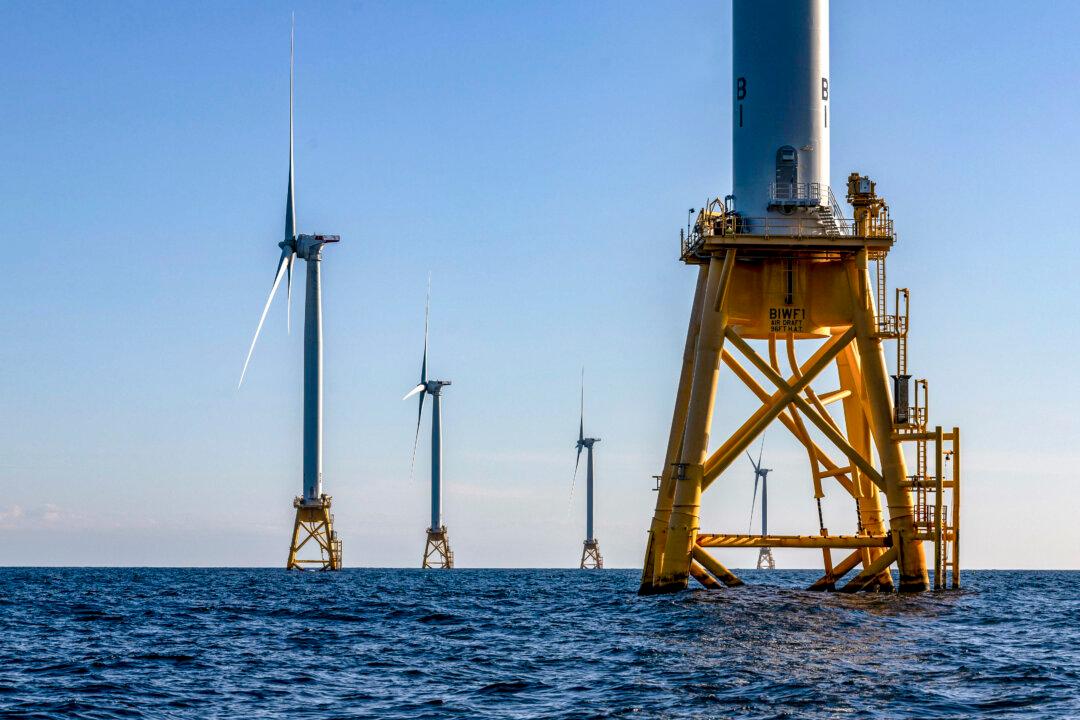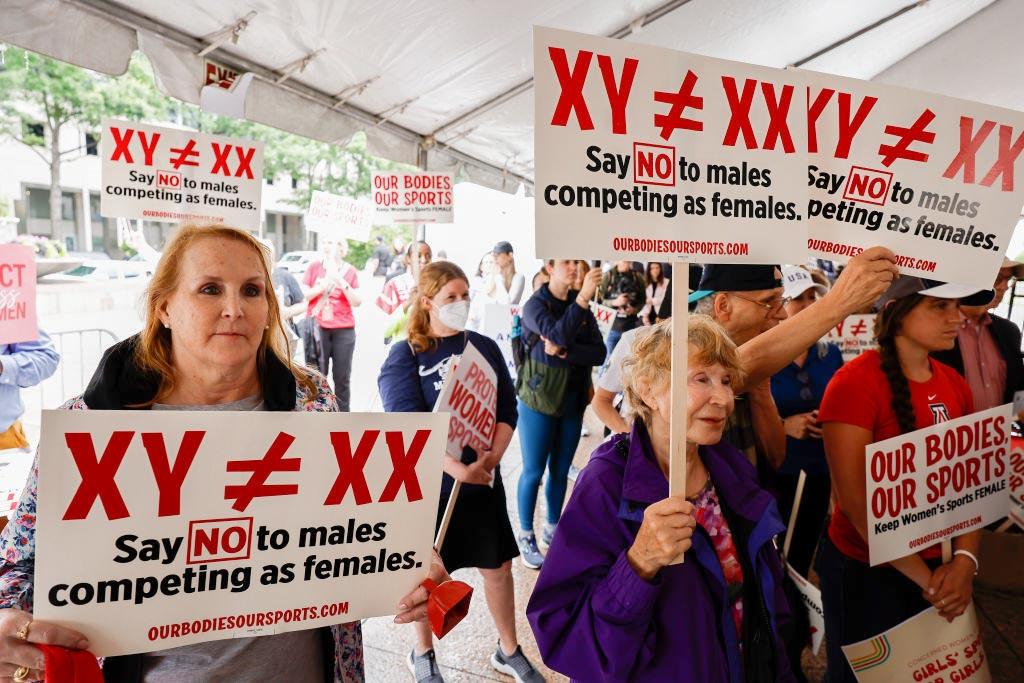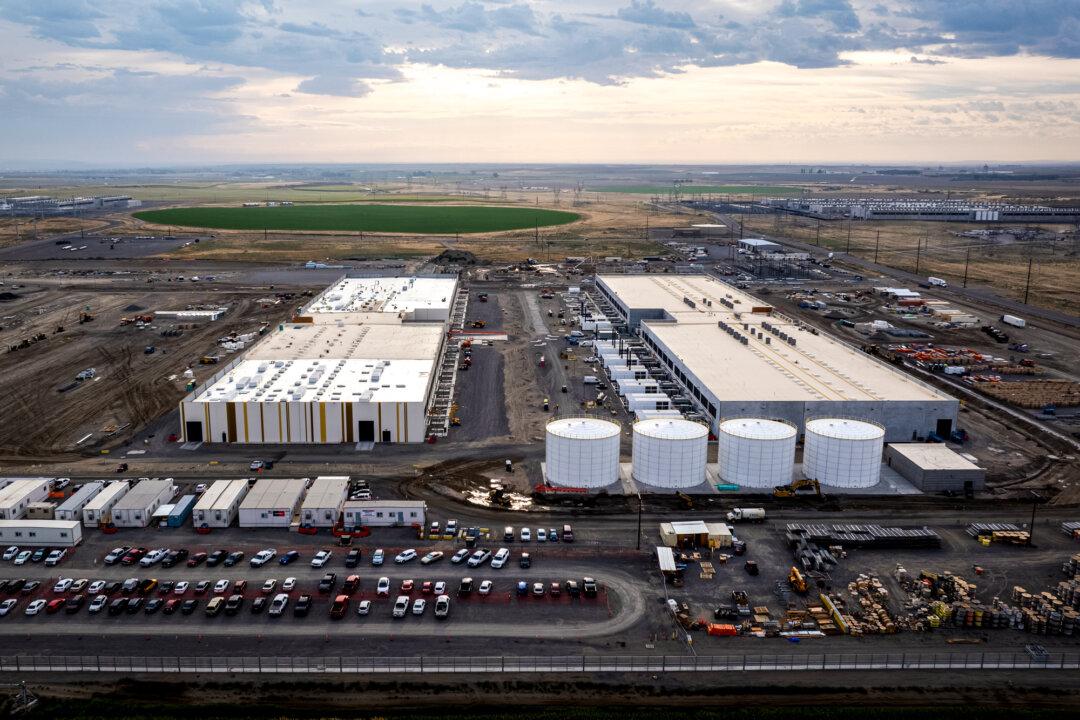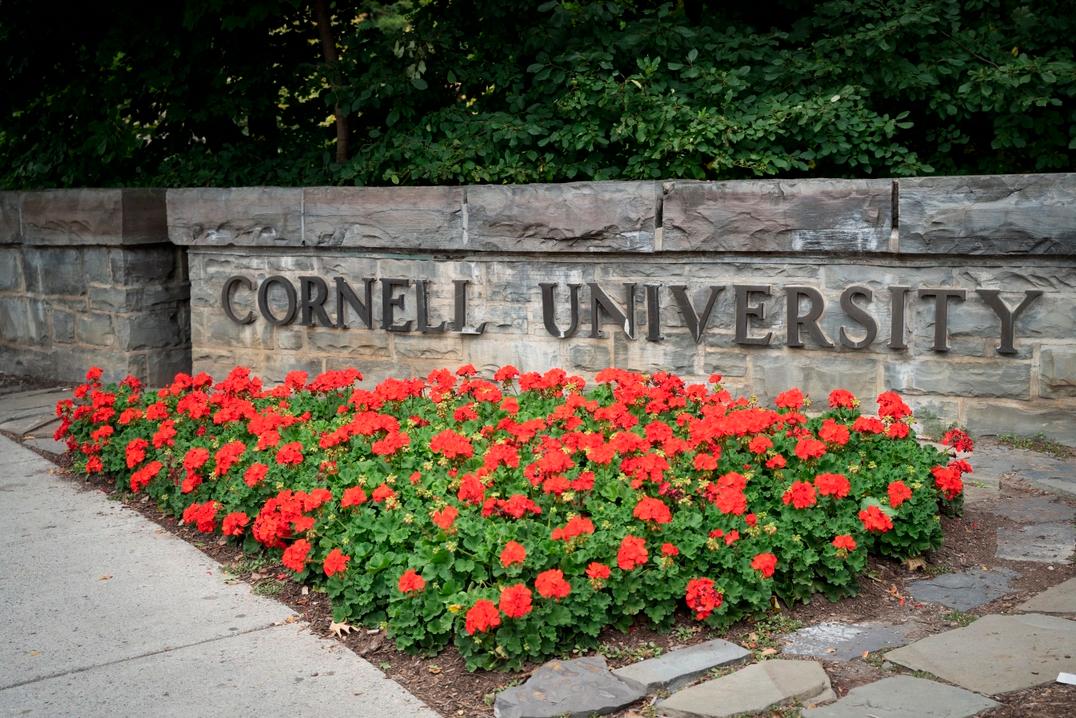The Department of Interior’s Bureau of Ocean Energy Management (BOEM) announced on Aug. 13 that it has finalized an environmental assessment of the potential effects of issuing leases to develop two floating offshore wind farms off the Oregon coast.
The assessment concluded that issuing the leases for the wind farms “would have no significant impacts on people or the environment.”





